Choosing the right toddler bike for your child can be a fun but overwhelming task for many parents. With so many options available in the market, it's important to find a bike that suits your toddler's age, skill level, and physical development. A well-chosen bike not only ensures safety and comfort but also encourages your child to develop balance, coordination, and confidence.
In this article, we’ll go over the key factors to consider when choosing the perfect bike for your toddler.
1. Determine the Right Size
The most crucial factor in selecting a toddler bike is ensuring that it's the right size. A bike that's too big or too small can be uncomfortable and challenging for your child to ride. Here’s how to figure out the appropriate size:
-
Inseam Measurement: Have your child stand against a wall and measure the distance from the ground to their crotch (inseam). This measurement helps determine the ideal seat height and frame size.
-
Wheel Size: Toddler bikes generally come with wheels ranging from 12 to 18 inches. The appropriate wheel size largely depends on your child’s height and leg length. A general guideline is:
-
12-inch wheels for kids 2-4 years old (with an inseam of 14-17 inches).
-
14-inch wheels for kids 3-5 years old (with an inseam of 16-20 inches).
-
16-inch wheels for kids 4-6 years old (with an inseam of 18-22 inches).
-
18-inch wheels for kids 5-7 years old (with an inseam of 20-24 inches).
-
-
Test Ride: Whenever possible, have your child test ride the bike. Ensure they can stand comfortably over the frame with their feet flat on the ground. They should also be able to reach the handlebars and pedals with ease.
2. Consider the Bike Type
There are several types of bikes available for toddlers, each serving different developmental needs and skills. Here are the most common types:
-
Balance Bikes: Ideal for children who are just learning to ride, balance bikes have no pedals and allow toddlers to focus on balance and coordination. The child propels the bike forward by pushing with their feet, gradually learning how to balance without the need for training wheels. Balance bikes are great for building confidence and are often recommended for children as young as 18 months to 3 years old.
-
Tricycles: Tricycles are often a toddler's first introduction to biking. They offer more stability than two-wheeled bikes and allow children to pedal independently. While they provide less of a challenge to balance, they help build leg strength and coordination. However, once your child gains confidence and balance, transitioning to a two-wheeled bike may be easier.
-
Pedal Bikes with Training Wheels: If your toddler is ready for a pedal bike but still needs extra support, bikes with training wheels are a good choice. Training wheels provide extra balance while your child learns to pedal. Keep in mind that many experts recommend eventually removing the training wheels to help your child learn proper balance and riding skills.
-
Push Bikes: Similar to balance bikes, push bikes are designed for toddlers who can walk but aren't yet ready to pedal. These bikes typically have a parent-controlled handle to help guide the child while they learn how to move their legs and steer.
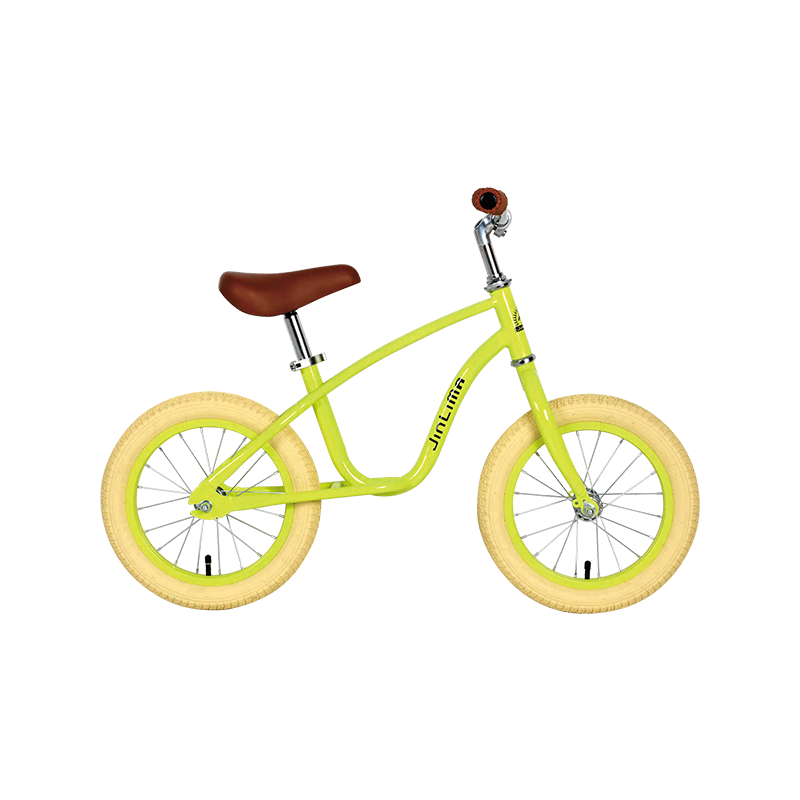
3. Safety Features
Safety should be your top priority when selecting a toddler bike. Look for the following features to ensure that your child’s bike is safe:
-
Non-slip Pedals: Pedals with good grip are essential to prevent your toddler's feet from slipping off while pedaling. Some pedals come with rubberized or textured surfaces to improve traction.
-
Sturdy Frame: A lightweight, yet strong frame is essential for both safety and ease of handling. Steel or aluminum are common materials used for toddler bike frames, providing durability without being too heavy.
-
Handlebar Grips: Soft, cushioned grips help your child hold onto the handlebars securely, especially as they learn to steer and maneuver the bike.
-
Brakes: Look for bikes with hand brakes or coaster brakes (pedal brakes), depending on your child’s ability. Coaster brakes are often easier for younger kids to use since they engage by pedaling backward. Hand brakes can be more challenging for toddlers to use and are typically found on bikes for older children.
-
Chain Guard: A chain guard covers the bike chain to prevent little fingers from getting caught in the moving parts. This is an important safety feature, especially for younger riders.
-
Reflectors and Lights: Although your toddler might only be riding during the day, reflectors and bike lights are still good safety features to have. They make the bike more visible to others and can be helpful for night rides in the future.
4. Comfort and Fit
Your child’s comfort is essential for an enjoyable riding experience. Consider the following features:
-
Seat Adjustment: A bike with an adjustable seat allows you to customize the bike to your child’s growth. As your child grows, you can raise the seat to accommodate their longer legs, ensuring they always have a comfortable ride.
-
Handlebar Height: Look for a bike with adjustable handlebars, so they can be set at the correct height for your child’s reach. This ensures better control and a more comfortable posture when riding.
-
Padding: Some bikes come with padded seats or extra cushioning, which can help your toddler feel more comfortable during longer rides.
5. Durability and Quality
Toddlers can be rough on their toys and equipment, so it’s important to choose a bike made from durable materials that can withstand wear and tear. Look for bikes with a solid, rust-resistant frame, puncture-proof tires, and high-quality components. You don’t need to purchase the most expensive option, but choosing a well-made bike will save you money in the long run by preventing the need for frequent repairs or replacements.
6. Aesthetics and Fun Features
While safety and comfort are your top priorities, it’s also important that your toddler loves the bike. Choose a bike with fun colors, designs, and features that will appeal to your child’s personality. Many toddler bikes come with accessories like baskets, streamers, or fun decals, which can make riding even more enjoyable for your little one.
7. Set a Budget
Finally, decide on a budget. While you don’t need to splurge on a high-end bike, investing in a quality bike that’s built to last will pay off in the long run. Prices for toddler bikes can vary significantly, so find one that strikes the right balance between affordability and quality.
Conclusion
Choosing the right toddler bike is an important decision that can influence your child’s enjoyment of outdoor activities and their overall development. By focusing on size, type, safety features, comfort, durability, and your child’s preferences, you can select a bike that will help them build confidence, coordination, and a love for cycling. Whether it’s a balance bike for a toddler just learning to balance or a pedal bike with training wheels for a more experienced rider, the right bike will ensure hours of fun and learning for your child.


 0
0


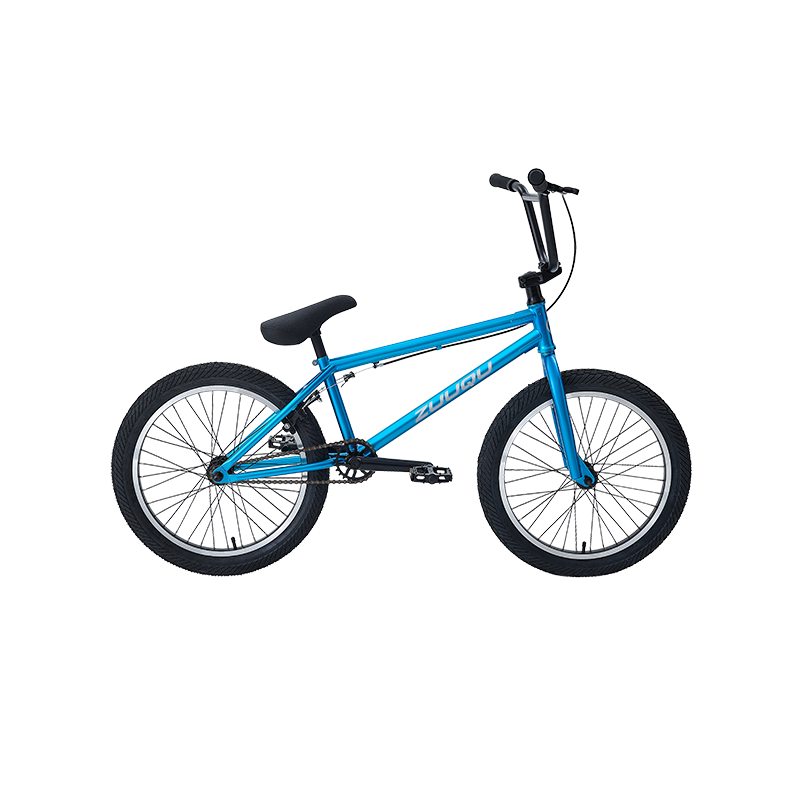

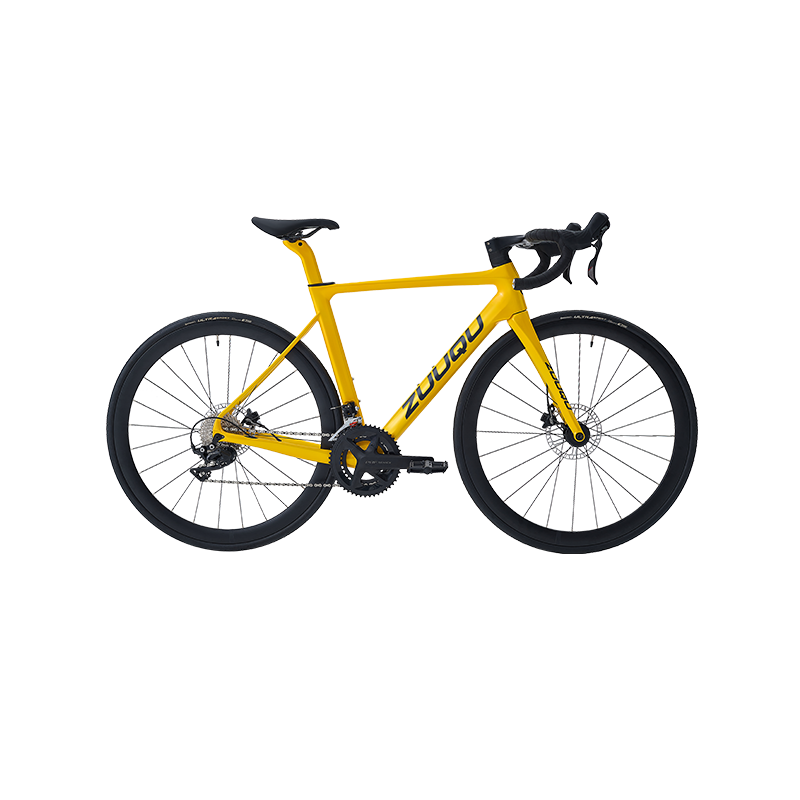
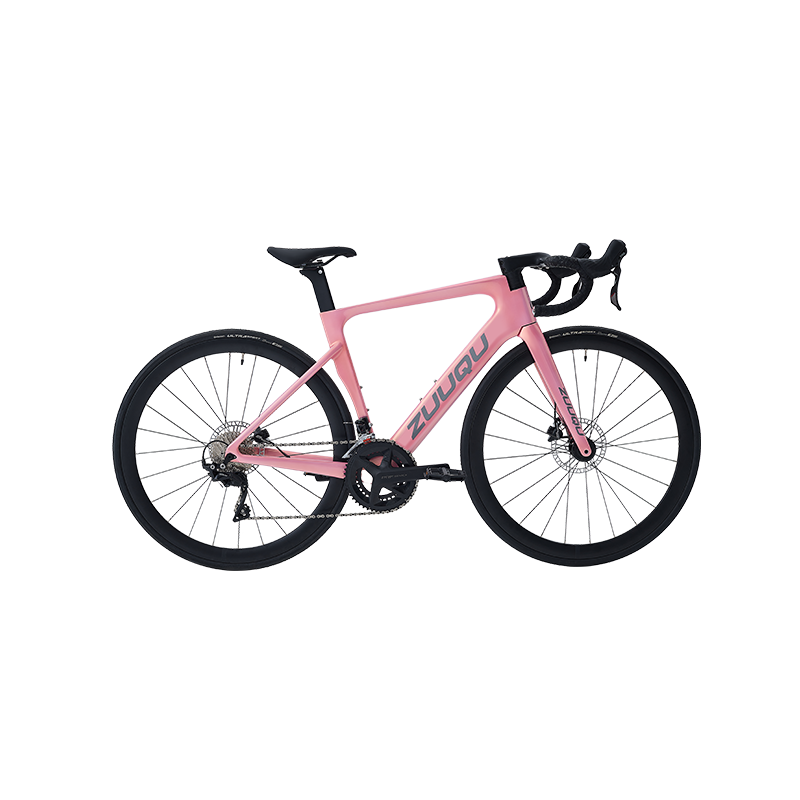
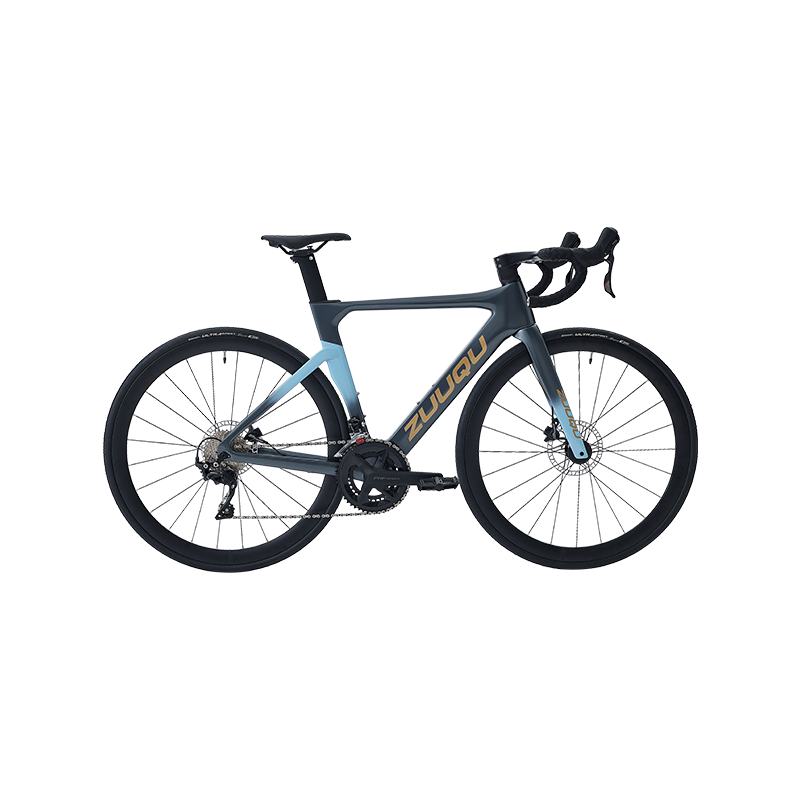
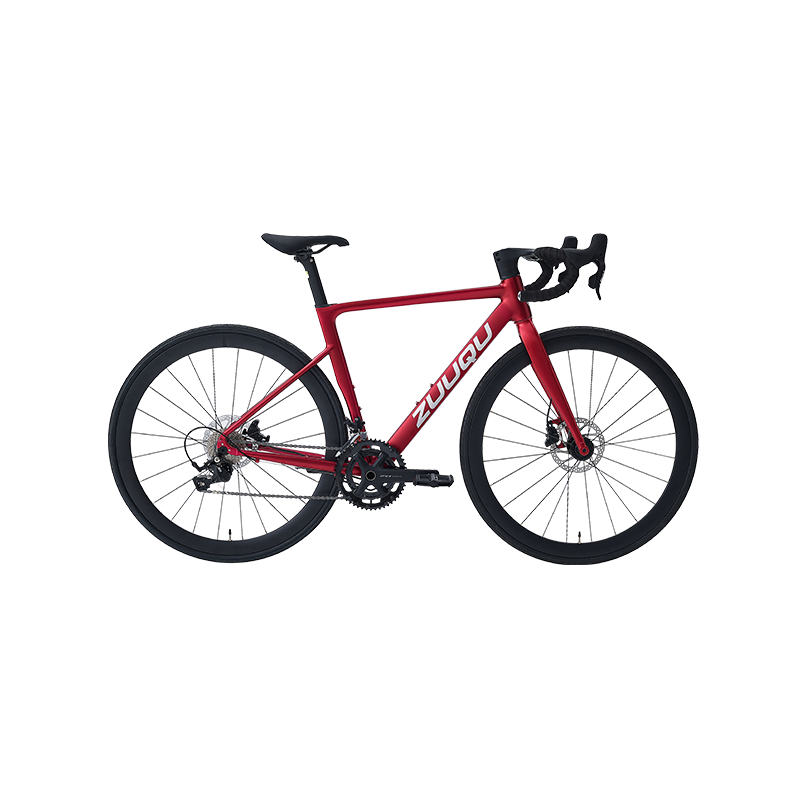
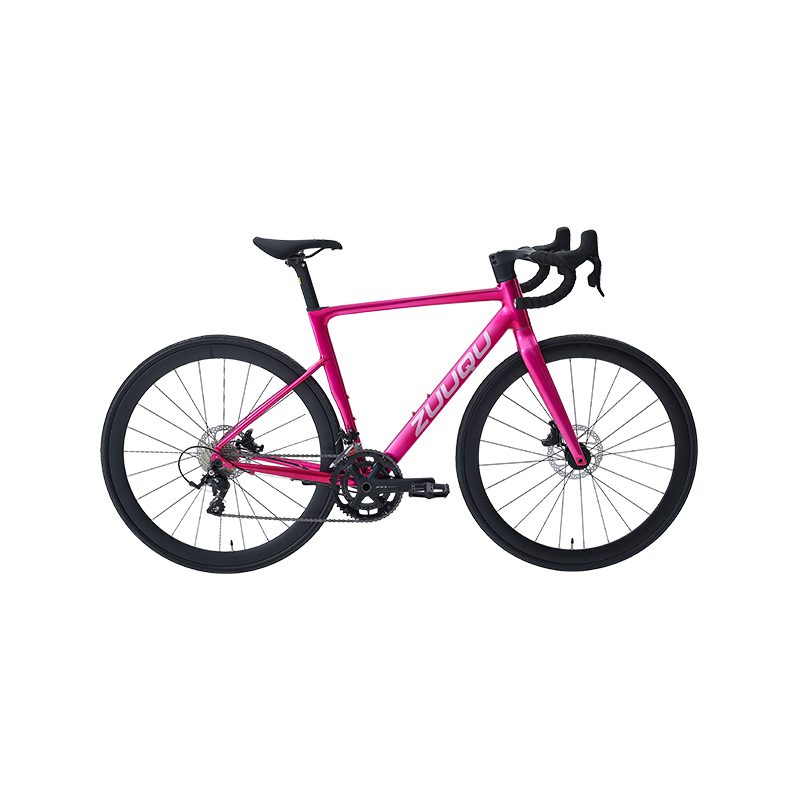
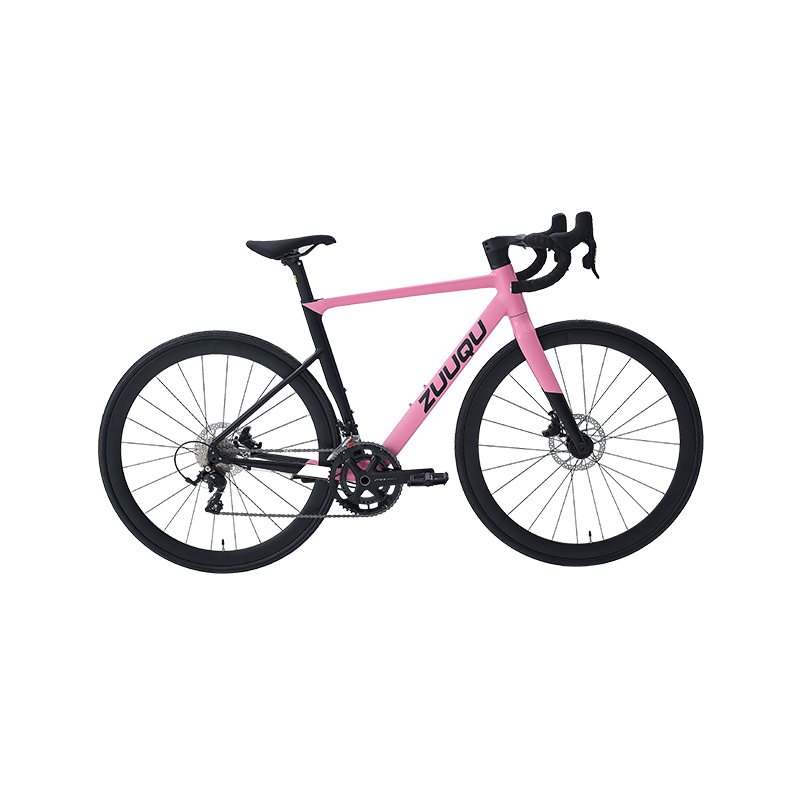
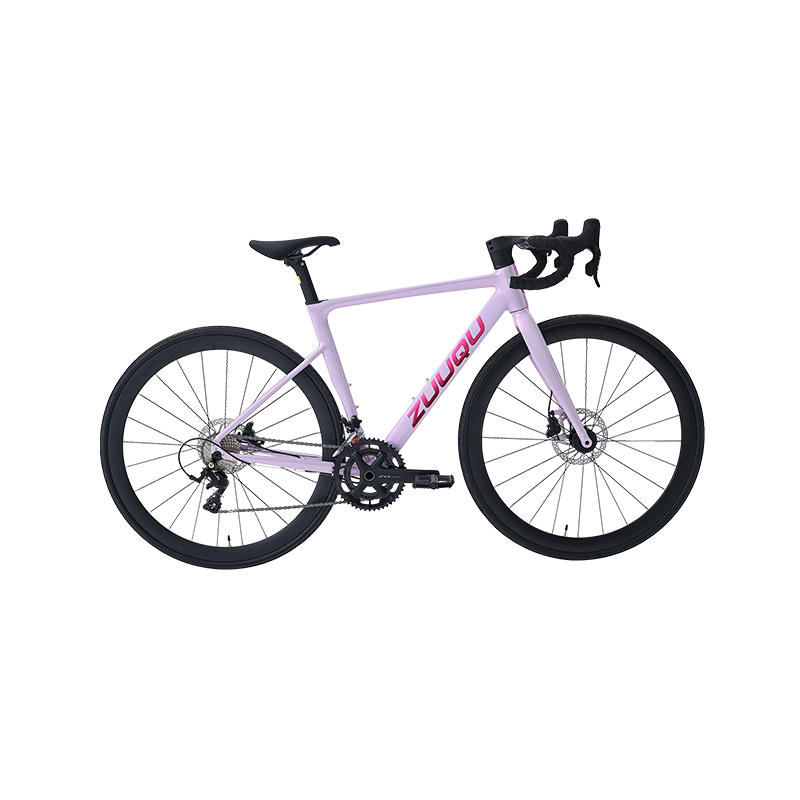
 Linhang industry park, Zhuji,
Linhang industry park, Zhuji,  +86-18858280688
+86-18858280688
